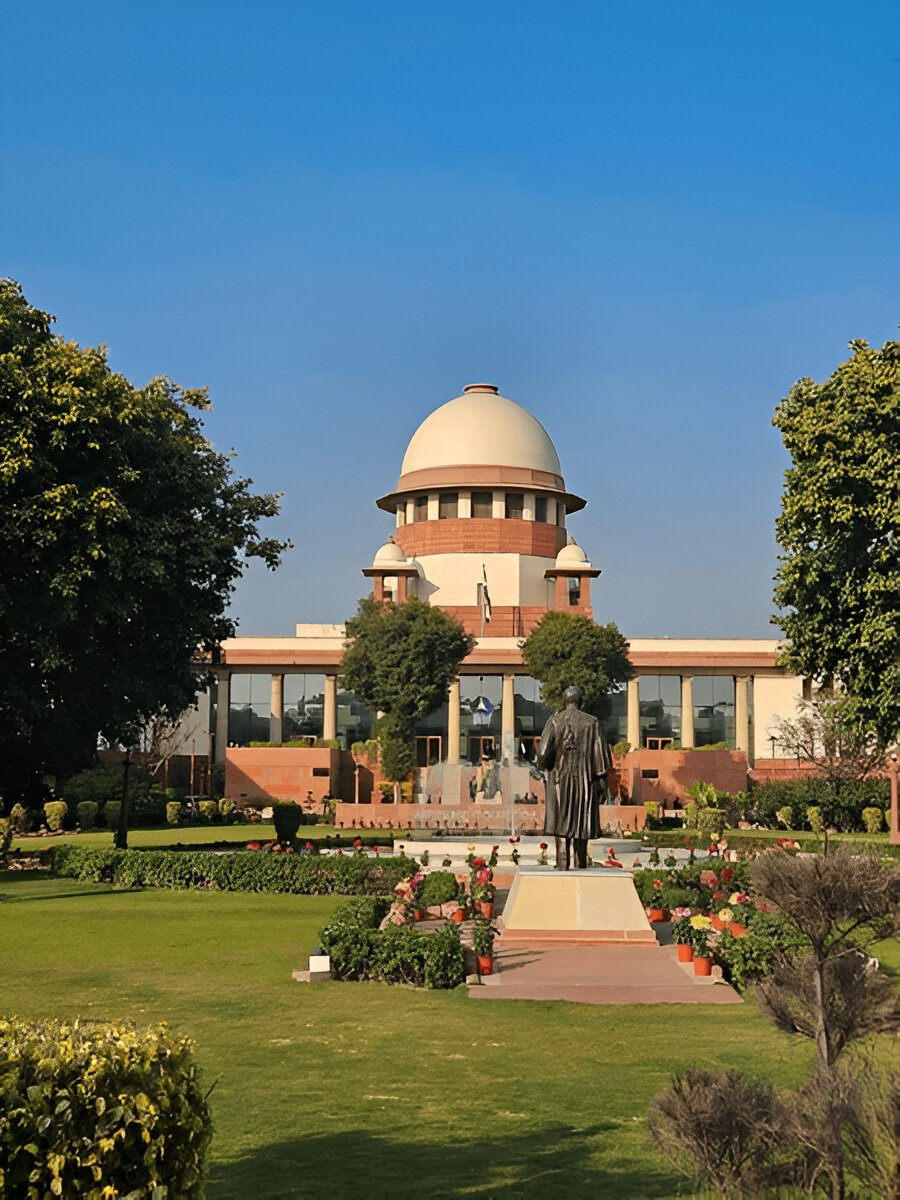The case of Rupa Ashok Hurra vs. Ashok Hurra is a landmark judgment that introduced the concept of the curative petition in Indian constitutional law. This legal innovation emerged from a unique situation where the Supreme Court initially delivered its judgment in a civil appeal. When the petitioner challenged the decision through a review petition, it was dismissed. The petitioner then filed a writ petition under Article 32 of the Constitution, questioning the legitimacy of the final judgment. A three-judge bench referred the matter to a larger Constitution Bench of five judges to examine whether any further remedy existed once a Supreme Court judgment had become final.
Issues before the Court
The central issue before the Constitution Bench was whether an individual, dissatisfied with the Supreme Court’s final decision and whose review petition had already been rejected could still seek relief under Article 32 of the Constitution or through any other legal mechanism. The Court had to decide if its own final decisions could be reopened in exceptional situations.
Contention by the Petitioner
Mrs. Rupa Ashok Hurra argued that the Supreme Court should retain the power to revisit its own judgments to correct serious errors and prevent injustice. She claimed that the court’s modification of a consent decree, which was originally based on mutual agreement, amounted to a legal mistake and caused her undue hardship. She further asserted that her consent to the divorce decree should not be considered valid due to changed circumstances. Raising constitutional issues, she emphasized the need for the judiciary to uphold the values of justice, fairness, and procedural integrity, and that denying such a remedy would violate these principles.
Contention by the Defendant
Mr. Ashok Hurra contended that since the consent decree was voluntarily agreed upon and recorded by the Court, it was binding and could not be revoked unilaterally after such a long period. He justified the Court’s alteration of the decree, stating it was a legitimate use of judicial authority to prevent injustice. He supported the idea that the Supreme Court could review its judgments in exceptional cases where there were clear errors or injustice, but opposed reopening a settled decree based merely on a change of mind by one party.
Analysis of the Court
The Constitution Bench held that once the Supreme Court delivers a final judgment and a review petition is rejected, the same cannot be reopened through a writ petition under Article 32. Article 32 is not intended to provide a further appeal mechanism against judgments that have already gone through the review process under Article 137 and the Supreme Court Rules.
However, the Court recognized its inherent power to reconsider its own final judgments in exceptional cases to prevent a miscarriage of justice or to stop misuse of the judicial process. This power can only be exercised in rare situations where the injustice is glaring or the Court’s decision was made without jurisdiction. The Court introduced the curative petition as a procedural remedy in such cases. To file one, the petitioner must first obtain certification from a Senior Advocate confirming that the conditions for reconsideration are met.
Enquire Now
Concluding Remark
The Rupa Ashok Hurra case played a critical role in shaping the doctrine of curative petitions in India. The judgment created a final and narrow pathway for justice, available only after all other remedies, including review, are exhausted. By requiring approval from a Senior Advocate and limiting this option to cases involving serious constitutional or procedural flaws, the Court balanced the need to rectify judicial errors with the importance of maintaining the finality of its decisions. This case strengthened the judicial system’s integrity by acknowledging that while justice must be served, judicial authority should not be undermined by endless litigation.

